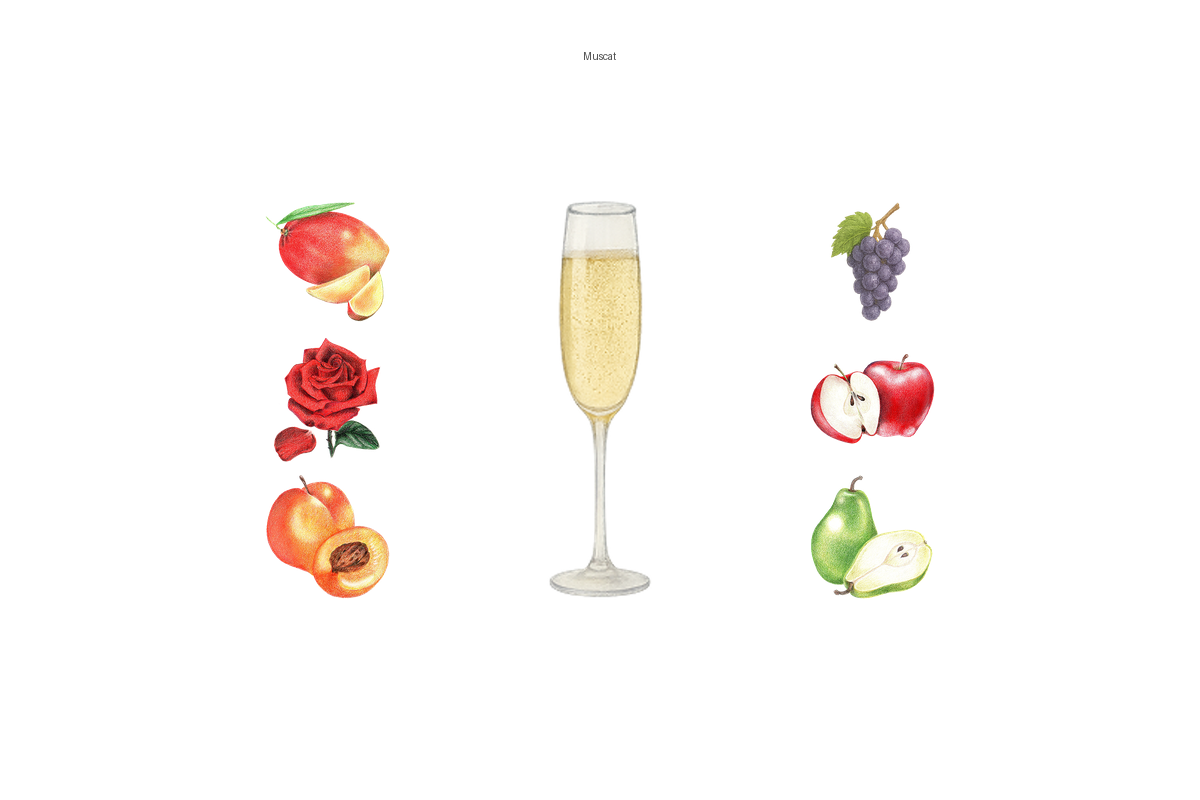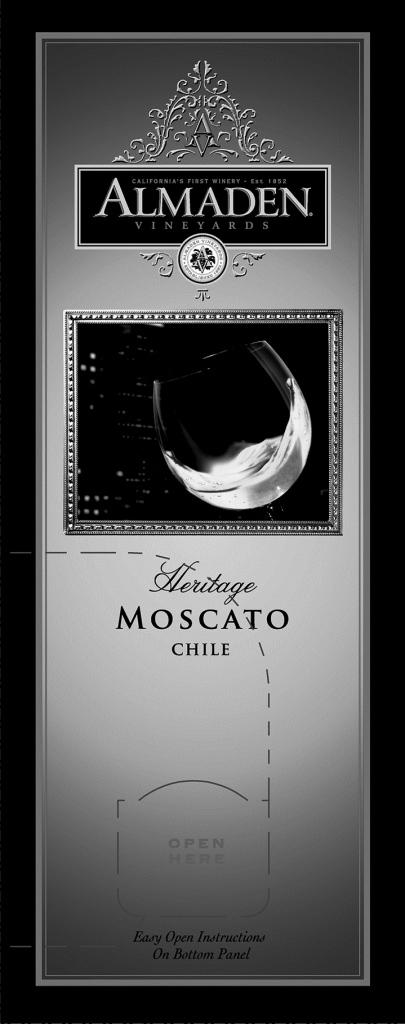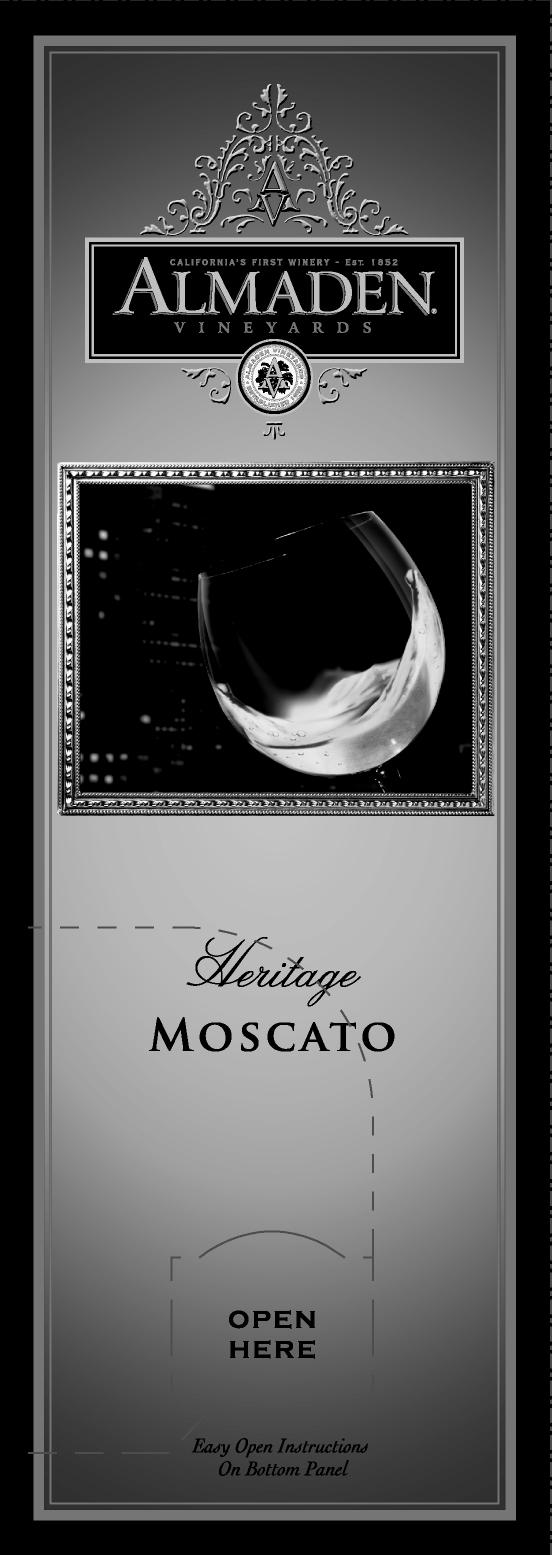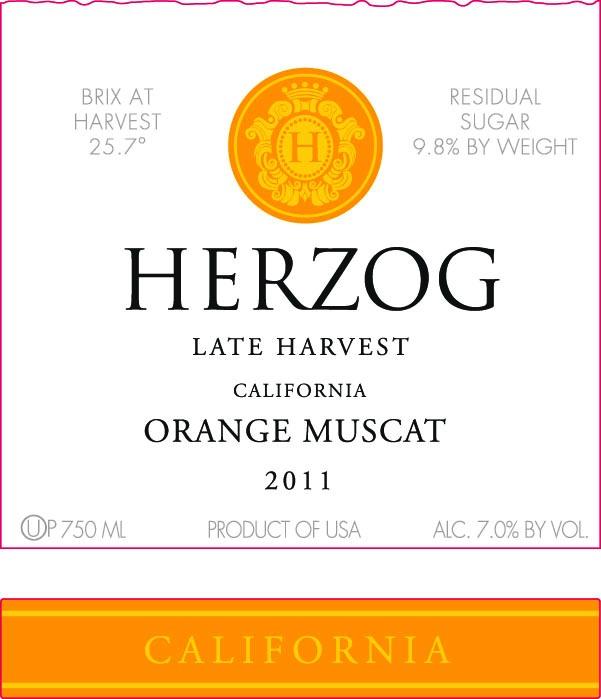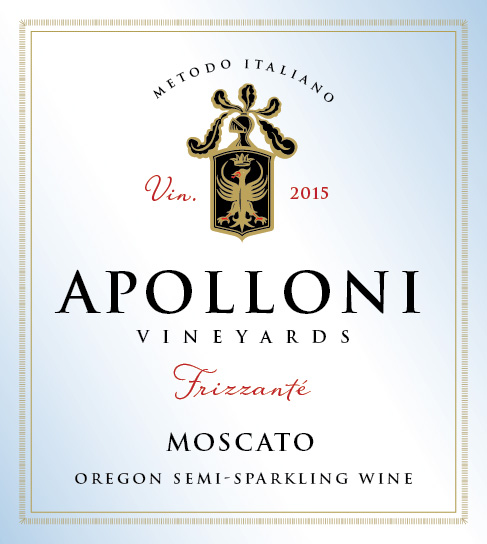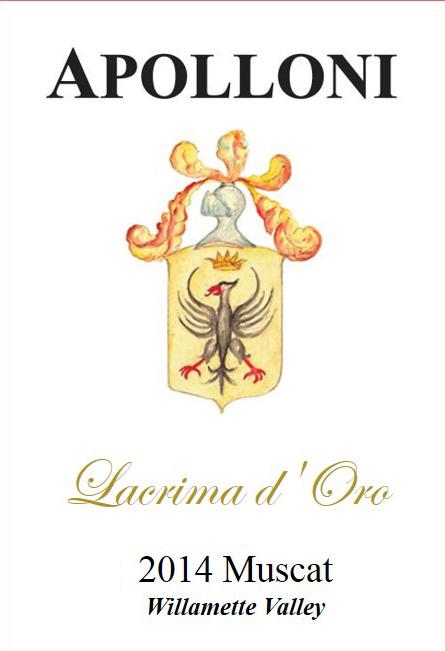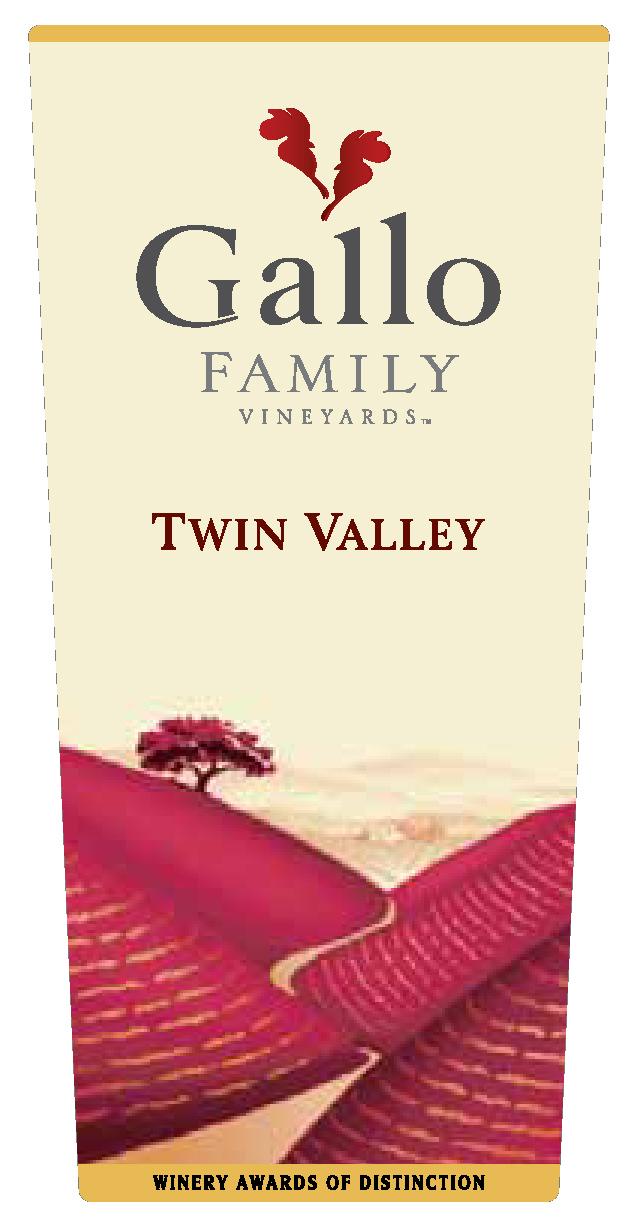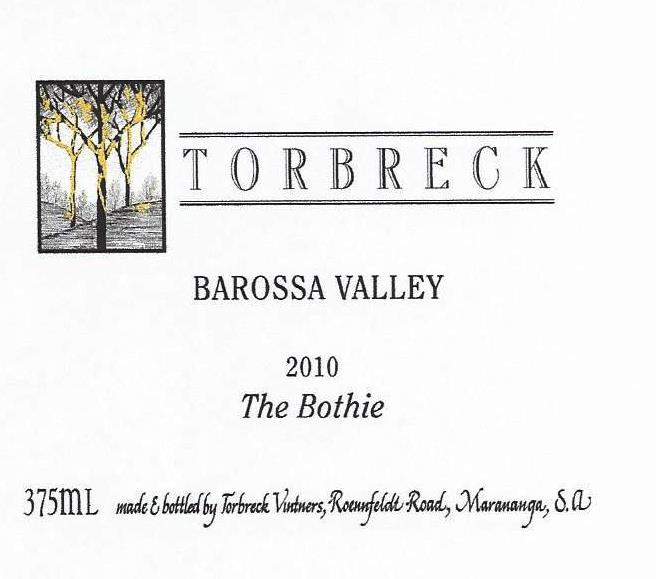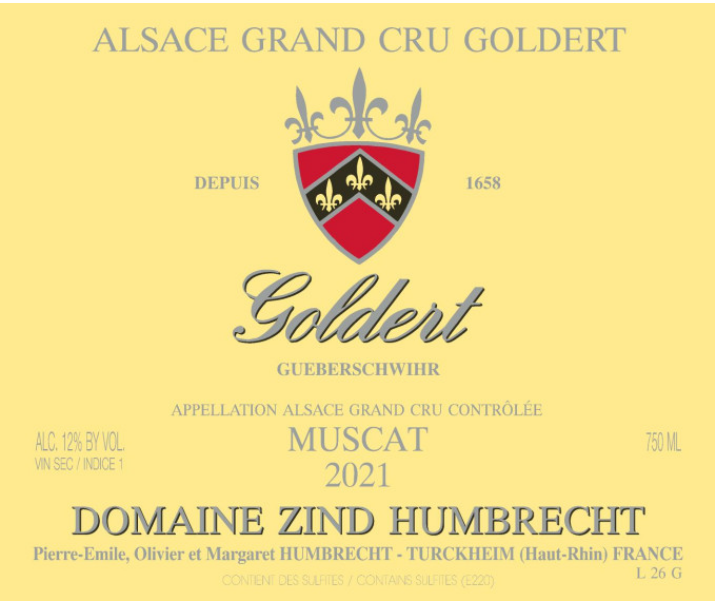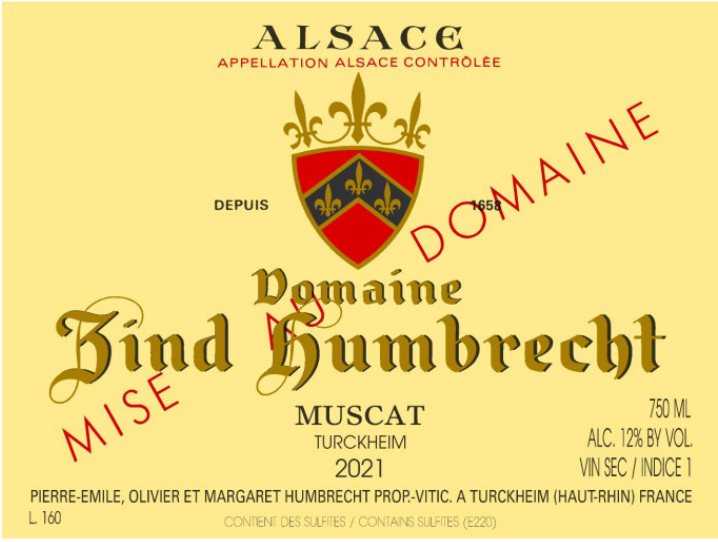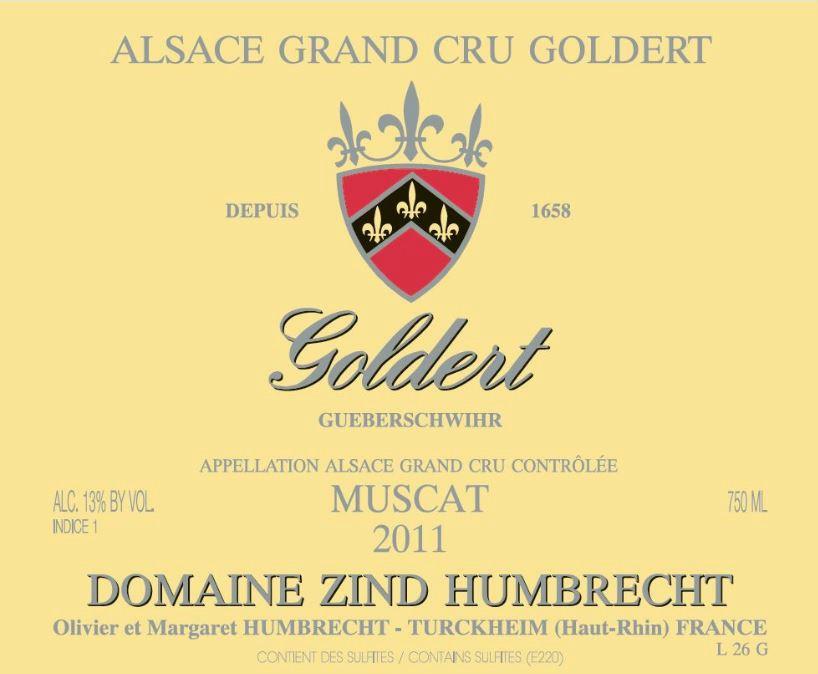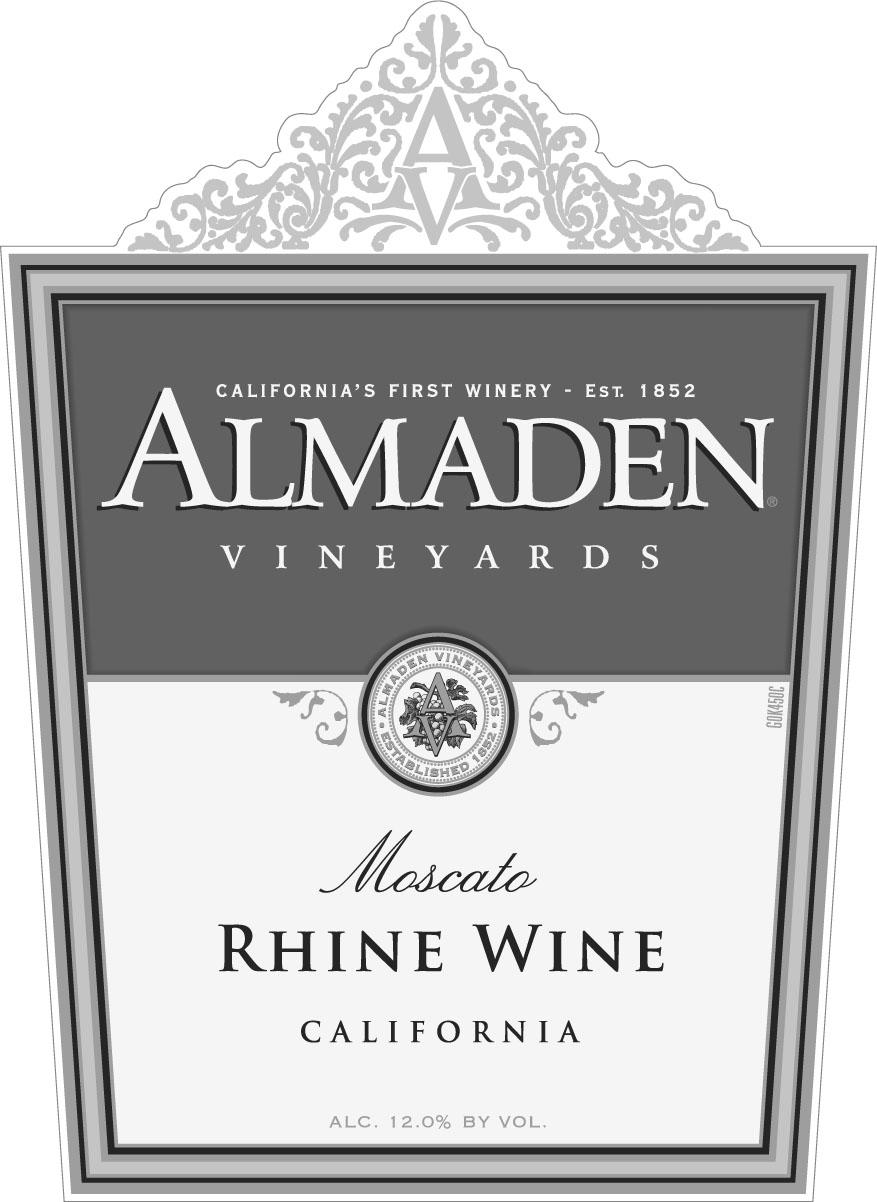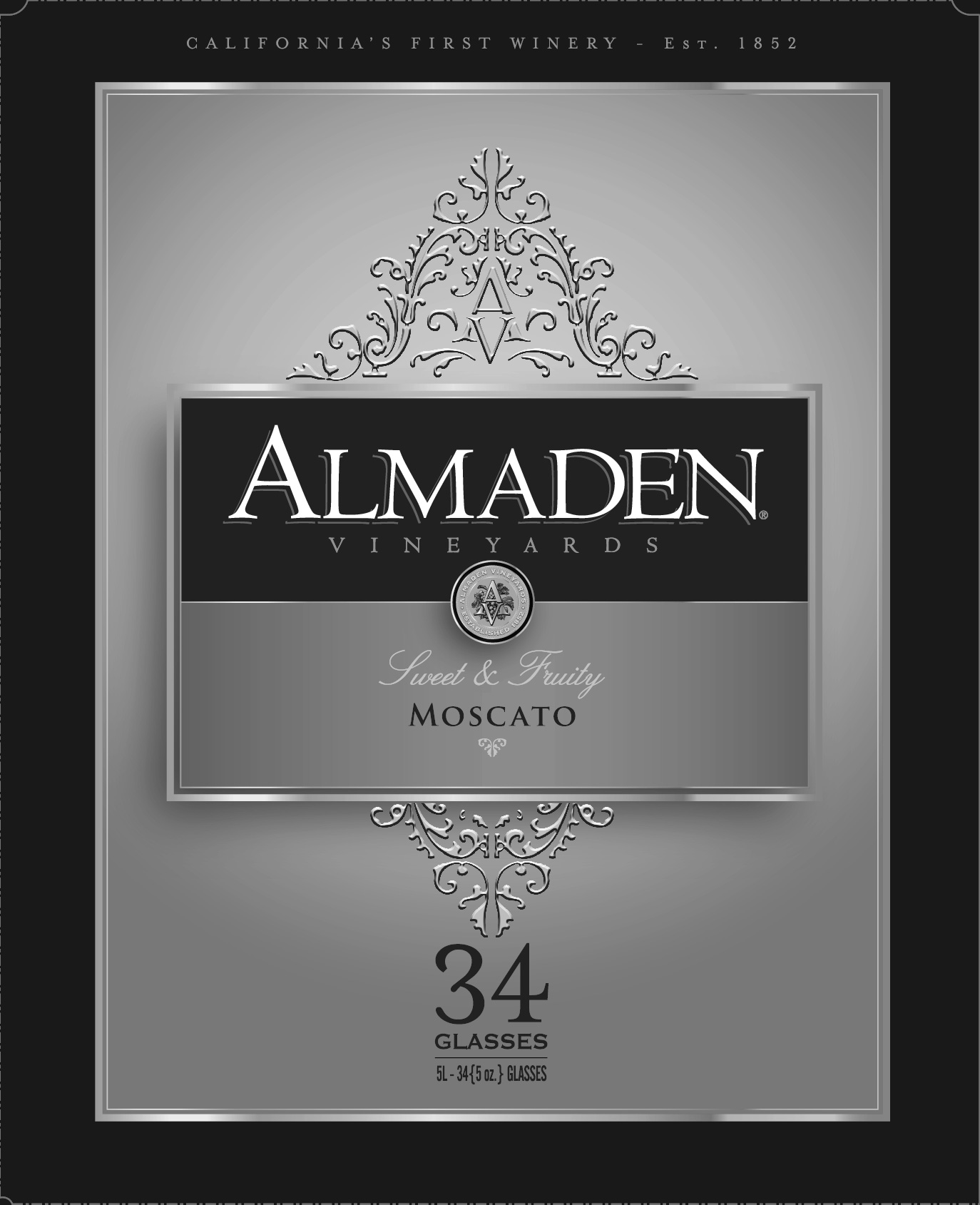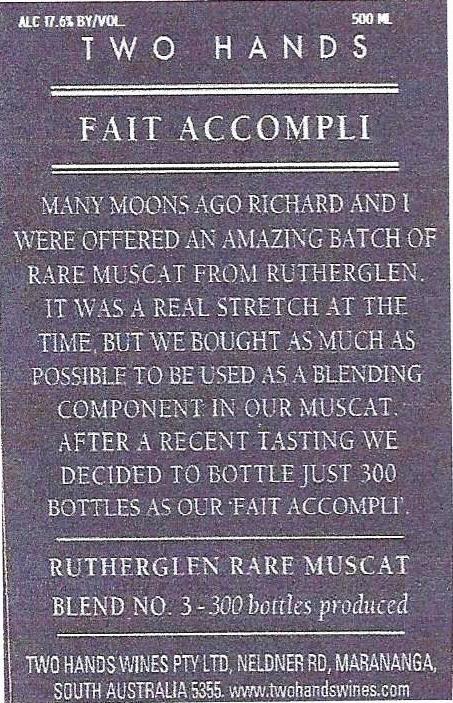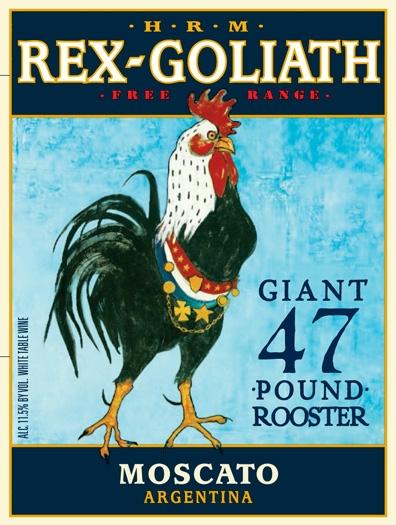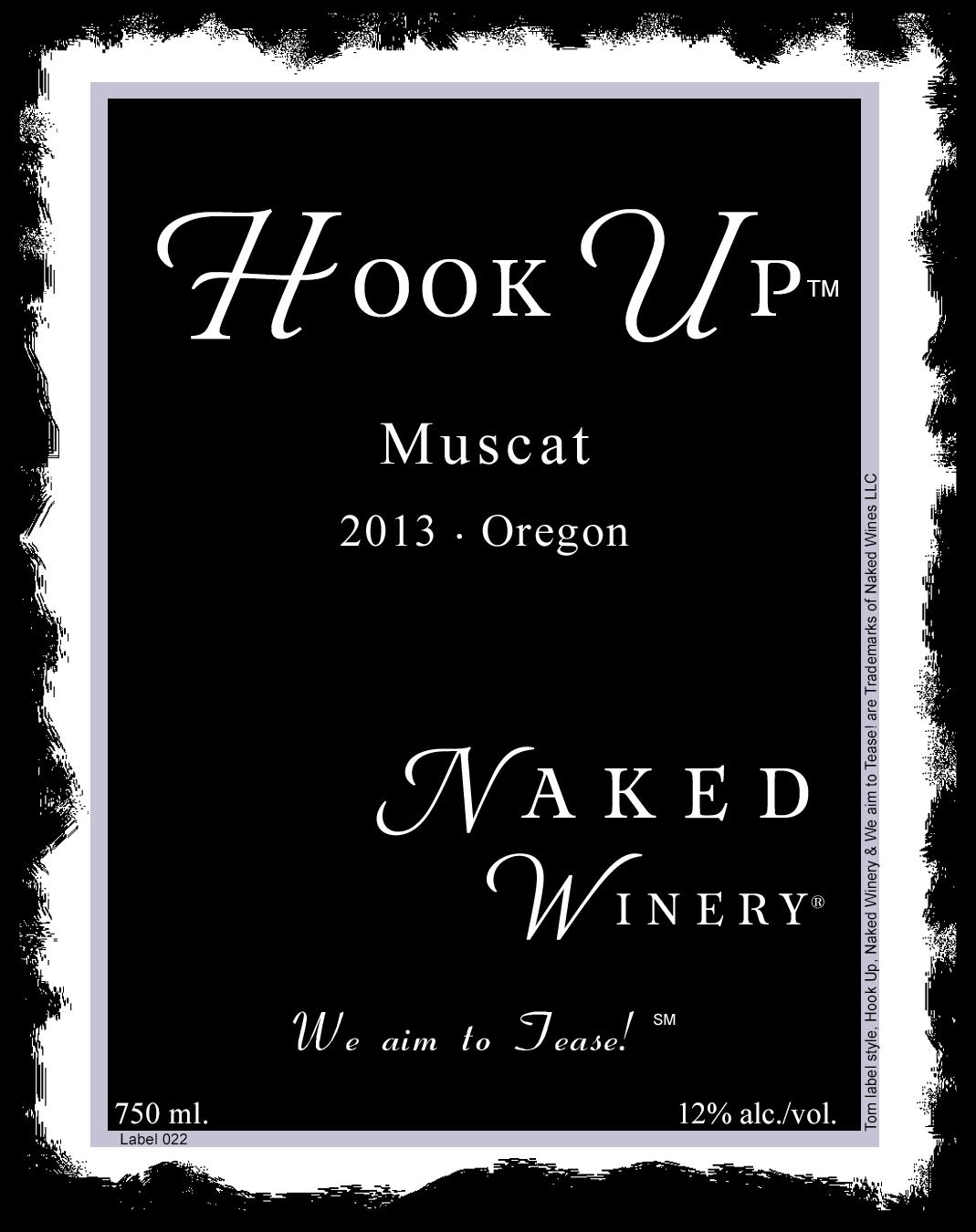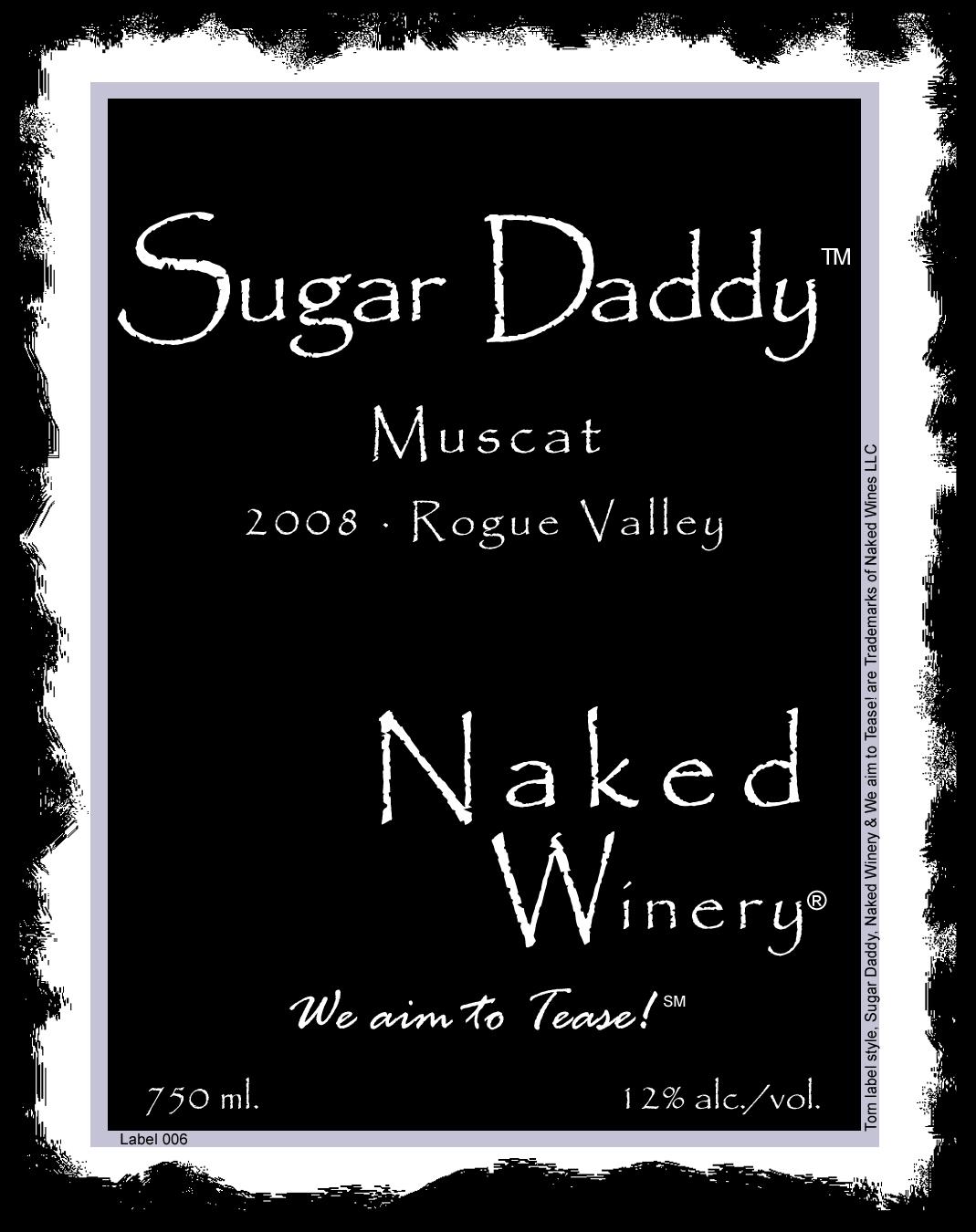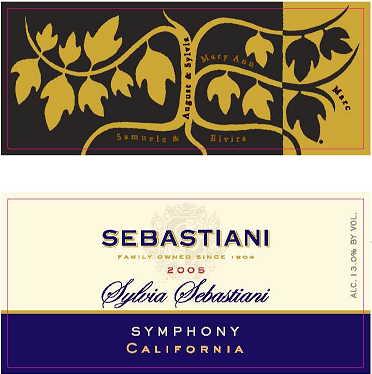Characteristics of Moscato
Moscato wines are famed for their heady, perfumed aromas—orange blossom, rose, honeysuckle, and fresh grapes—thanks to high levels of aromatic monoterpenes like linalool and geraniol. The most prized variety, Moscato Blanc à Petits Grains (also known as Moscato Bianco or Moscato Canelli), is the backbone of both elegant Alsace dry whites and lusciously sweet wines like Asti, Moscato d'Asti, and French vins doux naturels, but is susceptible to fungal diseases.
Moscato of Alexandria, with its robust “grapey” character, is favored for sweet and fortified wines, table grapes, raisins, and as a base for brandy in regions like Chile and South Africa. While Moscatos generally prefer warm, sunny climates, some, such as Moscato Ottonel, thrive in cooler areas, making this family of grapes beloved for their bold, expressive flavors across a wide range of wine styles.
What Does Moscato Taste Like?
-
Regional Influence:
-
Alsace, Austria, Italy, the US, and parts of Spain produce dry still Moscatos that are light or medium-bodied, with bright acidity, a fragrant floral nose, and sometimes a subtle phenolic bitterness on the finish.
-
Piedmont’s Moscato d’Asti is gently sparkling, low in alcohol, and bursts with fresh peach, apricot, pear, orange blossom, and honey.
-
Pantelleria specializes in lush, sweet passito-style Moscatos, while Beaumes-de-Venise is known for its fortified VDN, both showcasing rich stone fruit, honey, and candied citrus.
-
Rutherglen and Setúbal are renowned for deeply aged, fortified Moscatos layered with raisin, fig, prune, toffee, caramel, molasses, roasted nuts, dark chocolate, coffee, and complex spices.
-
Climate Effect:
- Cooler climates emphasize crisp green apple, citrus, melon, and lively acidity.
- Warmer regions bring out tropical notes—mango, guava, pineapple—and amplify Moscato’s juicy, sun-ripened character.
- Across all styles, acidity is essential for balancing sweetness, providing structure and ensuring overall freshness.
The Moscato grape expresses a remarkable range of styles depending on where it is grown, with each region’s climate and winemaking traditions shaping the wine’s sweetness, aromatics, and structure.
Food Pairings
Moscato’s lively aromatics and diverse styles make it a fantastic wine to pair with a wide range of dishes, from appetizers to desserts.
-
Dry Moscato: Its crisp, floral character pairs beautifully with light starters such as asparagus, fresh salads with vinaigrette, steamed seafood, sushi, and mild poultry or pasta dishes, while also enhancing mild Asian flavors and handling tricky vegetables.
-
Sparkling and Semi-Sweet Moscato: Lightly sparkling Moscato d’Asti and similar wines are ideal with fruit-based desserts like tarts and sorbet, but also balance spicy Asian or Mexican dishes and pair well with salty charcuterie, creamy cheeses, and light meats such as chicken or pork tenderloin.
-
Sweet and Fortified Moscato: Richer dessert or fortified Moscatos shine alongside decadent treats like chocolate mousse, nut tortes, sticky puddings, blue cheeses, foie gras, pâtés, roasted nuts, or simply enjoyed as a digestif to finish the meal.
